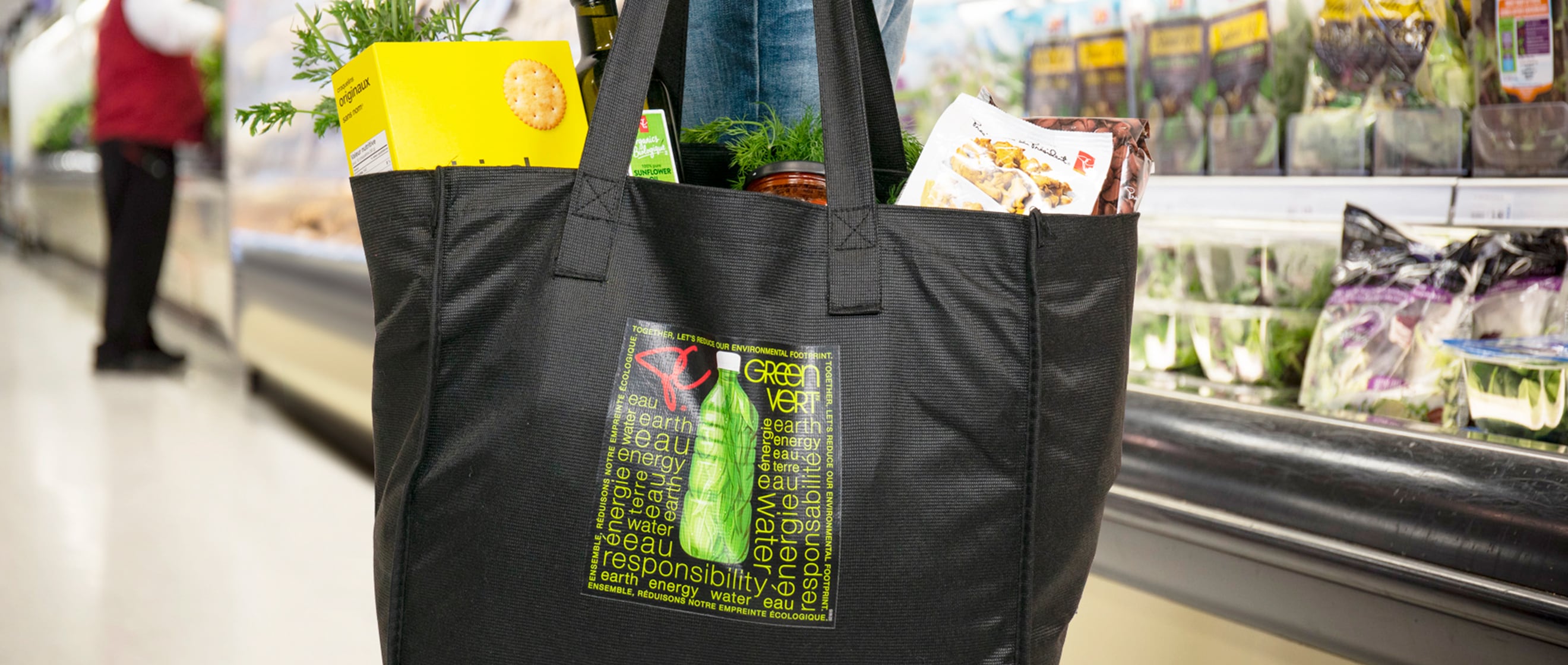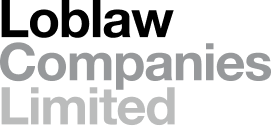Tariffs

In early 2025, the United States placed tariffs on Canadian imports, and in response, Canada introduced counter-tariffs on many U.S. goods. This set off a serious trade dispute between the two countries that costs consumers in both countries.
Fortunately, on August 22 the Canadian government announced that it would be removing most of its retaliatory tariffs on U.S. goods, effective September 1. This follows similar action from the U.S.
We are pleased with this development, as will be Canadian consumers. In the days ahead, the price of goods in all grocery stores impacted by tariffs will start to come down. Prices will come down over time, as we sell-through inventory that was purchased based on tariffed pricing.
Canadians can be assured:
We will be fair
When tariffs come off, they will be removed from the price of the product.
We will be transparent
We will continue to communicate how these developments impact the shopping experience. The “T” symbol on product signage – which shows when a product came into Canada directly from the U.S. and had a tariff imposed that impacts its price – will remain as long as the price of that item is impacted tariffs.
We will continue to help you shop and support Canadian
We remain committed to helping you make informed choices.
You will continue to see a Maple Leaf symbol on our shelves, which means a product was Prepared in Canada with domestic and/or imported ingredients. When the packaging has a "Product of Canada" or "Made in Canada" claim, that means even more aspects of those products come from Canada.
We will continue to highlight “Prepared in Canada” products through PC Optimum, offering more points on our own Canadian products (PC, no name and Farmer’s Market). The recently introduced ‘swap’ feature on PC Express, which allows customers to ‘swap’ their chosen product for a Canadian alternative where available, will also remain.
We will continue to feature Canadian items in our promotions and flyers, and share Canadian stories on social media – check out our store owners, colleagues and product spotlights.
We will continue to place a high priority on local and regional products. As one of the largest purchasers of Canadian products, we will continue to secure as much food as possible that is grown or made/prepared in Canada. If you’re a Canadian grower or manufacturer, please check out our Small Supplier program here.
We will advocate for Canadians
We continue to advocate for customers, including working with governments at all levels to support their efforts. We will also continue to work to improve elements of our supply chain to ensure the short-, medium- and long-term resilience and diversity of our sourcing efforts. As a consequence of this trade dispute, Loblaw has been able to establish great new supplier partnerships to help mitigate risk throughout our business and expand our network of suppliers. We will continue to proceed with this part of our sourcing strategy, especially where it will lead to better costs for us and better prices for consumers.


